Whalley Abbey
OS Grid ref:- SD 730 361
Whalley Abbey, a former Cistercian abbey is situated in the large village of Whalley in the Ribble Valley in Lancashire.
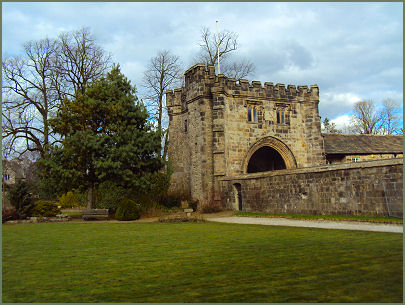
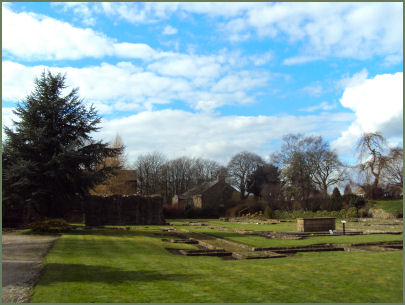
The Abbey of St Mary the Virgin, also known as Locus Benedictus de Whalley, which is set on the banks of the River Calder, was founded by Henry de Lacy, third Earl of Lincoln on the 4th April 1296. It was occupied by Cistercian monks from Stanlow Abbey, who were suffering flooding from the River Mersey during the latter part of the thirteenth century.
The first stone of the new building was laid by Henry de Lacy in June of 1296. The church was completed in 1380 but the remainder of the abbey, including the The cloister, abbot's lodgings and infirmary, was not finished until the 1440s. The lack of timber for building was a problem which caused dispute with the monks of Sawley Abbey.
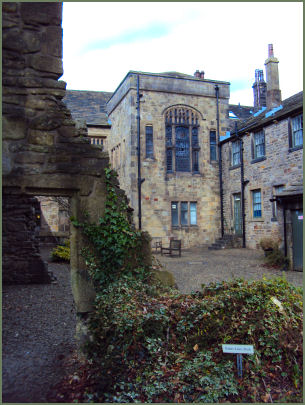
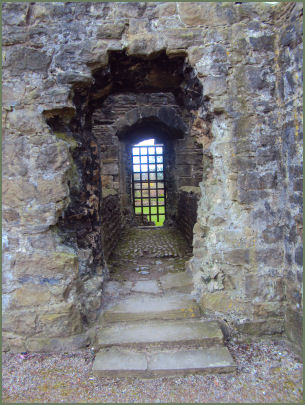
In 1480 the North East Gatehouse was built to provide a new entrance to the abbey. In the sixteenth century, John Paslew, the last Abbot of Whalley, reconstructed his own lodgings and added a Lady Chapel. The abbey closed in 1537 as part of the dissolution of the monasteries. Abbot Paslew was tried at Lancaster and executed for high treason in Whalley on the 10th March 1537 for taking part the Pilgrimage of Grace, a northern rebellion against King Henry VIII, which had taken place in the previous year.
The abbey lands were sold to John Braddyll of Brockhall and Richard Assheton of Lever in 1553. The properties were divided and Assheton took the monastic site and buildings. Ralph Assheton adapted it to make an Elizabethan Manor House. It remained a private residence until 1923, when the Church of England acquired possession. The abbot's house and the infirmary buildings were demolished and a large house was built on the site. Most of the remaining church and monastic buildings were demolished in the seventeenth century. From the eighteenth century the abbey passed through various families until 1923 when the house and grounds were bought by the church.
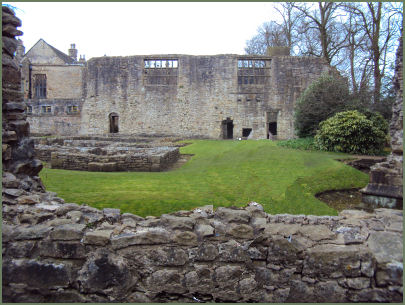
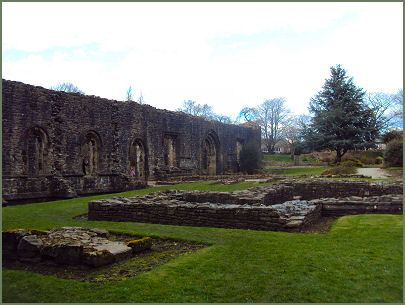
The former private house, which is now serves as a retreat and conference house, was reopened in September 2005. . It contains conference rooms, a dining room and en suite rooms for residents. The north range contains a visitor centre, with a coffee shop, exhibition centre and a bookshop. Guided tours of the abbey ruins are available.
Only the foundations of the church remain. The remains of the former monastic buildings are more extensive. The west range, which was the lay brothers' dormitory, consists of two stories, and is roofed. To the south of the cloister, part of the walls of the former kitchen and refectory remain. The east range is more complete and includes parts of the walls of the former monks' day room, parlour and vestry.
